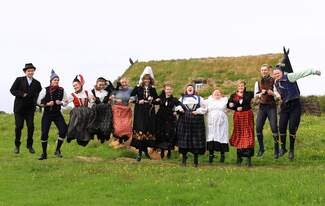
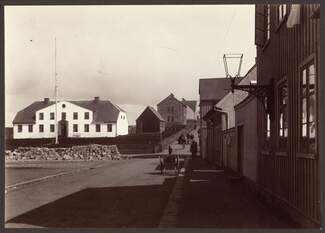
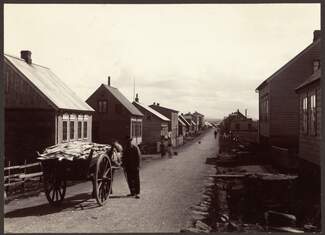
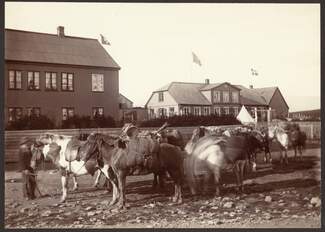
More history
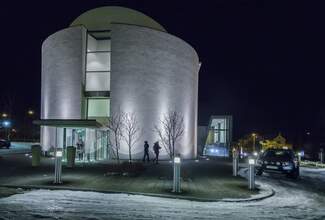
The National Museum of Iceland
The National Museum displays objects that provide insight into Icelandic cultural history - displays that encourage visitors to dwell on …
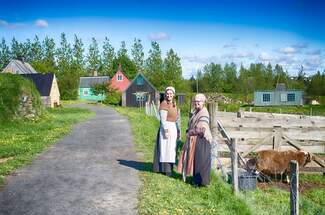
Árbær Open Air Museum
Reykjavik’s open air museum, where you can stroll through the past and experience the way we lived. …
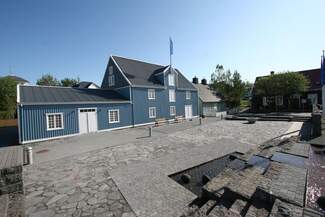
Hafnarfjörður Museum
Hafnarfjörður Museum is a museum of cultural artefacts and photographs of Hafnarfjörður town. Its objective is to collect, document, preserve, …
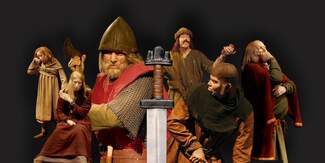
Saga Museum
From the time of the earliest settlers, history is brought to life in a unique and exciting way. …
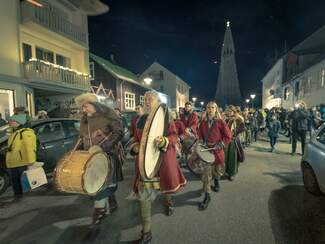
Icelandic Saga & Heritage Association
ISHA – Icelandic Saga & Heritage Association was founded by 18 members in 2006. The association have now around 80 …
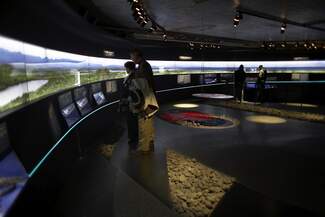
Aðalstræti - The Settlement Exhibition
At Aðalstræti 10 and 16 in Reykjavík’s city centre, you can explore how the city developed from Iceland’s settlement period …
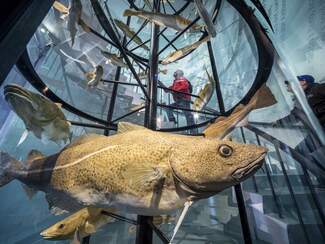
Reykjavík Maritime Museum - Stories of Sea and Land
A harbour museum exploring Iceland's dramatic relationship with the sea. …
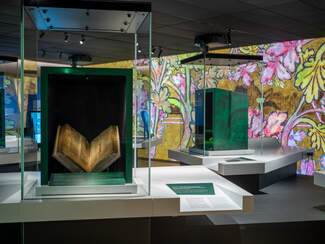
World in Words
At World in Words, visitors can view the Icelandic manuscripts, the nation’s most precious cultural heritage. The manuscripts contain many …
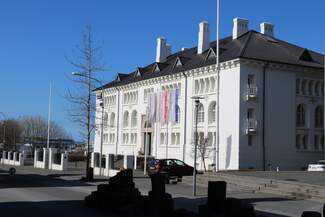
The House of Collections
The exhibition Treasures of a Nation in the House of Collections throws light on the invaluable collections of the National …
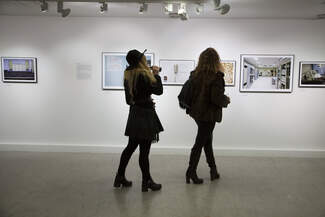
Reykjavík Museum of Photography
Reflecting the contemporary, while archiving the past – this is Reykjavík’s home of photography. …
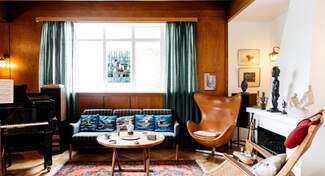
Gljúfrasteinn
Gljúfrasteinn is a writer's home museum, which was the former home of Halldór Kiljan Laxness, a 1955 Nobel Prize for …
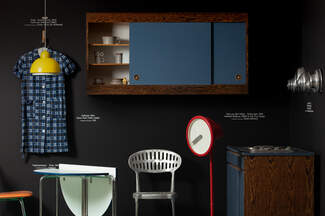
Museum of Design and Applied Art
The Museum of Design and Applied Art collects, preserves, researches and exhibits Icelandic design from the beginning of the 20th …